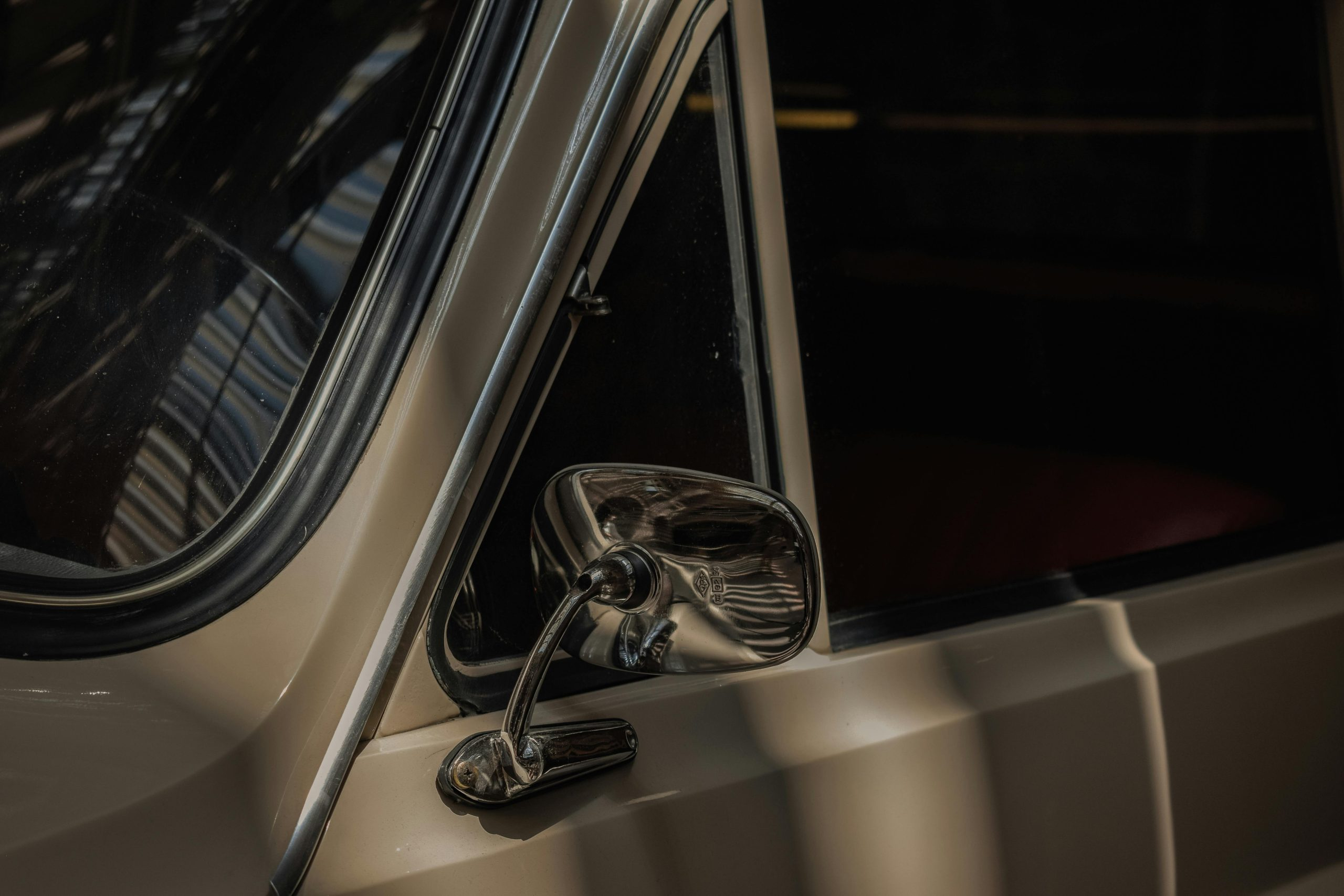The Psychology of Car Design: How Vehicles Affect Our Mood
The design of cars has come a long way since its early days. From horse-drawn carriages to sleek and sophisticated vehicles, the evolution of car design has been remarkable. However, it’s not just the aesthetics that have evolved, but also the underlying psychology behind car design. It’s fascinating to think about how a simple mode of transportation can have a significant impact on our mood and behavior. In this article, we will delve into the psychology of car design and explore how vehicles affect our emotions and well-being.
The Power of Design
Design plays a crucial role in everything we interact with, including our cars. It goes beyond just the physical appearance and involves a combination of elements such as colors, shapes, textures, and materials. The power of design lies in its ability to evoke emotions and influence our thoughts and behaviors. This applies to car design as well and has a significant impact on our perception and relationship with our vehicles.
The Connection between Cars and Emotions
It’s no secret that cars can trigger a range of emotions in us, from excitement and joy to frustration and anger. Our choice of car and how it makes us feel is a reflection of our personality and values. The design elements of a car can act as a visual representation of our identity and self-expression. For example, someone who values luxury and sophistication may opt for a sleek and expensive car, while someone who values practicality and efficiency may choose a more functional and compact vehicle.
Moreover, the color of a car can also evoke different emotions. Red, for instance, is associated with power, passion, and energy, while blue represents stability, trust, and security. Hence, the color of a car can communicate different messages and influence our emotions subconsciously.
The Role of Comfort and Well-being
Aside from evoking emotions, car design also plays a significant role in our comfort and overall well-being. A well-designed car offers a comfortable and ergonomic interior that promotes relaxation and reduces fatigue. This is especially important for long drives and daily commutes, as the design of our cars can affect our physical and mental state.
The design of a car’s interior and seats can also have a calming effect on our minds. Soft, curved shapes and natural materials can evoke a sense of serenity and calmness. On the other hand, sharp and angular shapes can elicit feelings of tension and anxiety. Hence, the design of a car can impact our mood and stress levels, especially during traffic or high-pressure situations.
The Influence of Advertising
In today’s age, car design is not just limited to the physical aspect but also extends to marketing and advertising. The power of advertising can significantly impact our perception and emotions towards certain car brands. Advertisements often use appealing images and emotions to sell a lifestyle or an image associated with a particular car model. This psychological tactic can influence our purchase decisions and make us feel more connected to a certain brand or car design.
The Future of Car Design
As technology continues to advance, we can expect car design to evolve even further. From self-driving cars to electric vehicles, the future of car design is geared towards enhancing the overall driving experience. Aesthetics will continue to play a crucial role, but more emphasis will also be placed on functionality and technology. With the rise of artificial intelligence, we may even see cars adapting to our emotions and catering to our needs and preferences.
In Conclusion
The psychology of car design goes beyond just aesthetics and has a profound impact on our emotions and well-being. Our cars are not just a means of transportation but also a reflection of our identity and personality. As car design continues to evolve, we can expect vehicles to play an even more significant role in our daily lives, affecting our moods and behaviors in more ways than we can imagine.









